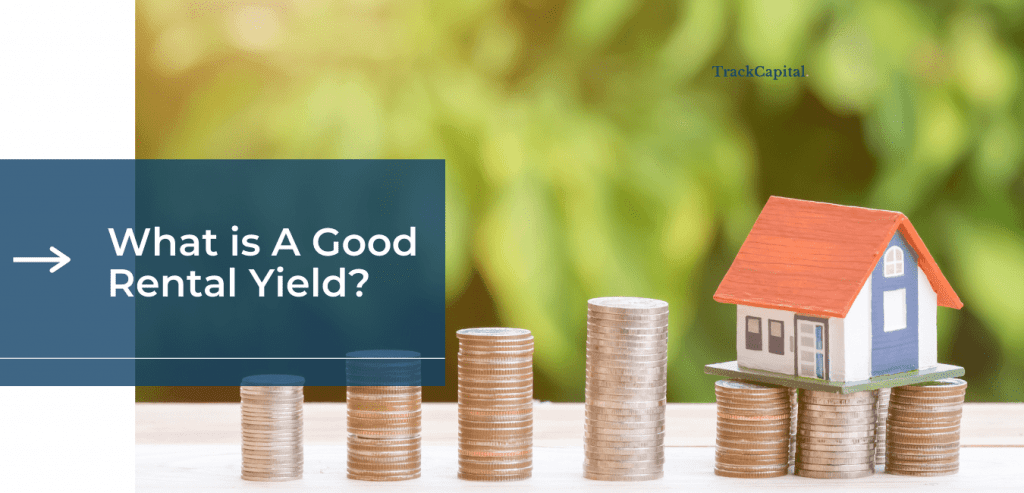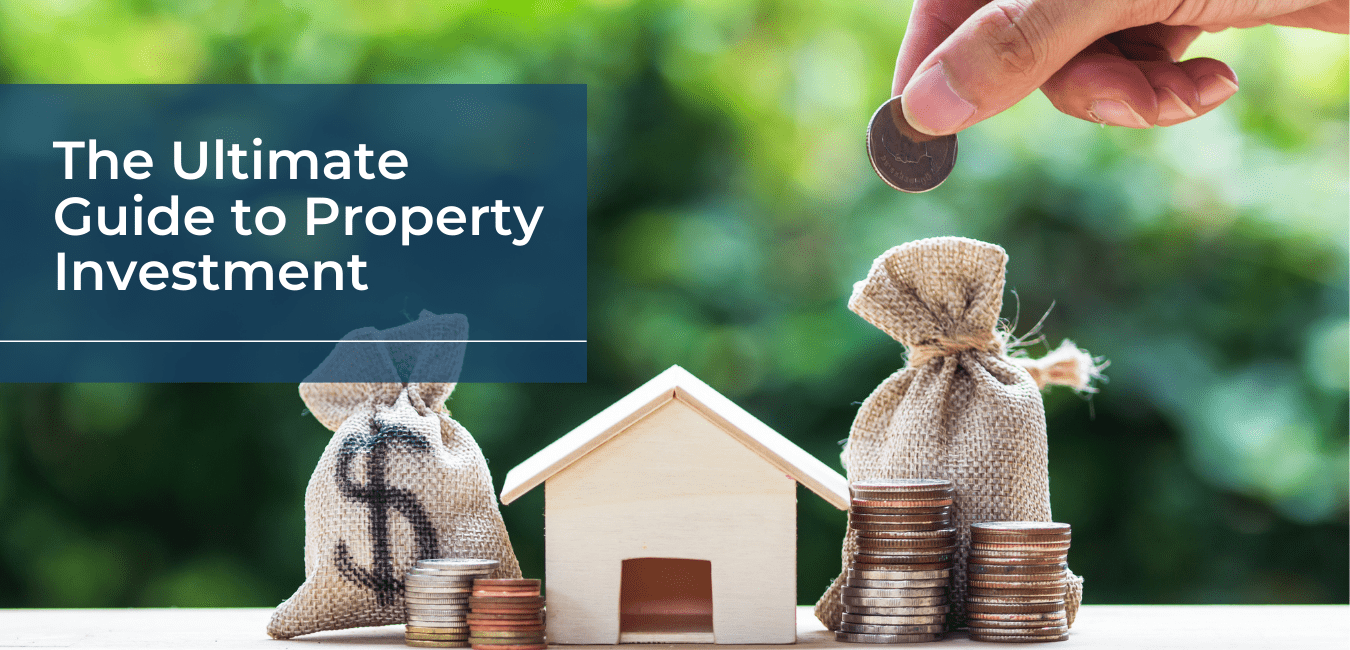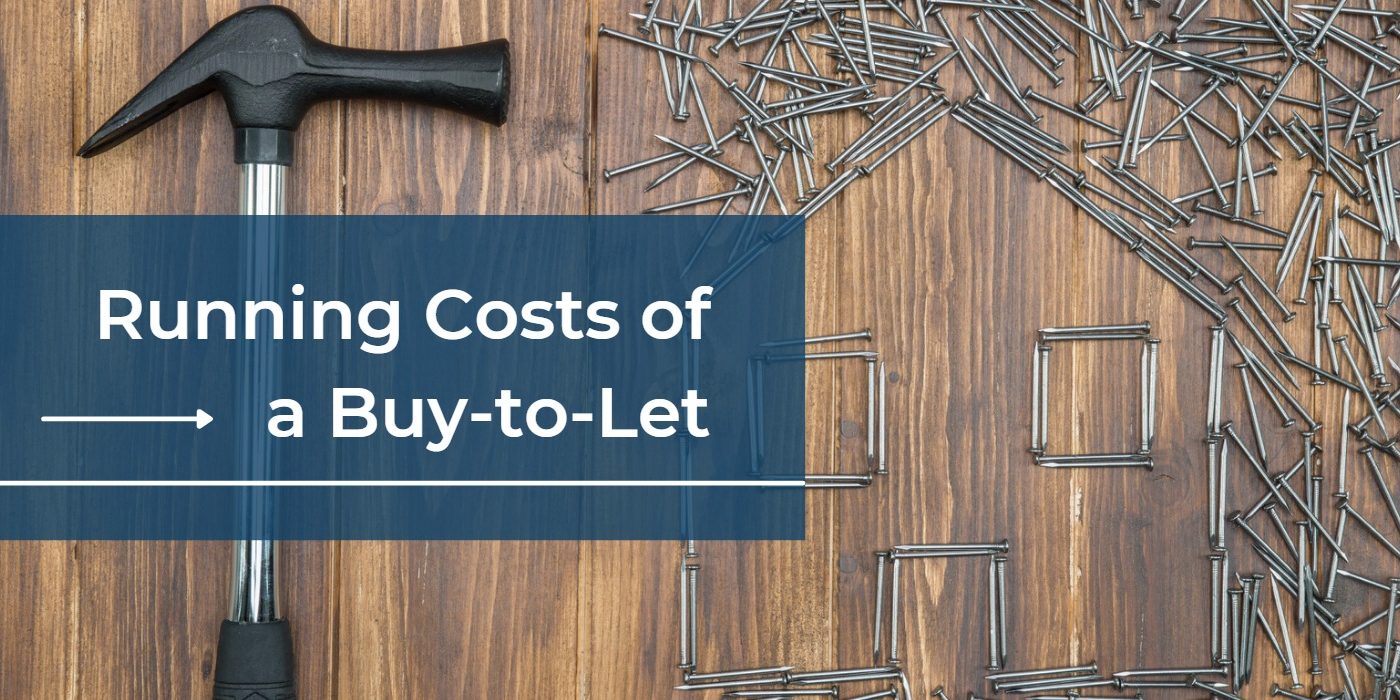Whether you are a first-time landlord or an experienced investor, calculating rental yields is a crucial factor in determining the success of a property.
Property offers a lucrative investment opportunity to generate a regular income with a relatively ‘hands-off’ approach. However, ensuring the rental charge carefully balances against the outgoings associated with the property is crucial.
There are two primary forms of income produced from a rental property. The first is the annual rental charge, which is generally paid monthly. The second income comes in the form of capital growth, which refers to the increase in value the property attracts throughout ownership.
What Is Rental Yield?
Quite simply, rental yield is the amount of income that you can expect to receive from a single property in a standard year. The rental yield is one core metric against which the financial success of a property can be measured. It is displayed in a percentage format.
Why is Rental Yield Important?
Rental yield is the most accurate representation of how financially strong your investment property is.
The housing market can be highly volatile, and predicting what a home will be worth in ten or twenty years is nearly impossible. Therefore, investors choose to focus their calculations on the rental yield rather than the appreciation of the home’s value.
Rental yields allow the owner to balance the price of the home with the annual income it creates.
Properties in London are known to attract six times the monthly rent of those in the north, which initially draws investors from far and wide. However, upon further investigation, when factoring in the increased price of the home and the other costs associated with being in the capital, the profit can often be very weak. Check our rental yield map to find out the best-performing locations in the UK.
How to Calculate Rental Yield?
Calculating the rental yield of a property is very straightforward.
Simply divide the property value by the annual rent income and times it by 100.
Imagine the monthly rent is £700, and the property is worth £250,000.
So, the annual rent income will be £8400. £8400 ÷ £250,000 is 0.0335. Multiply this figure by 100, and the rental yield of the property is 3.36%.
However, investors must understand the differences between gross and net rental yield. The figure quoted above uses very crude numbers to develop the gross rental yield percentage. A net rental yield considers the other costs associated with the property, such as mortgage repayments and insurance premiums.
To calculate the net yield, the annual costs for the home must be subtracted from the rent income. This figure can then be divided by the value of the property and multiplied by 100, to give the net figure.
As an example, consider the same annual rental income, £8400.
However, you may have £250 worth of costs associated with the home each month, amounting to £3000 per year.
So, £8400 – £3000 = £5400.
£5400 ÷ £250,000 = 0.0216. Multiply this figure by 100 to give a net rental yield of 2.16%.
For more on this, see our guide: How To Calculate Rental Yield
What Is A Good Rental Yield?
Most investors aim for a rental yield that sits somewhere between 5%-8%.
Anything around the 7% mark will be considered a ‘good’ rental yield.
The expected rental yield depends entirely on the style of property. Studio flats attract very lucrative profits, as the initial outlay will be substantially less. The highest of all gross yields are found in the single rooms rented as part of a House in Multiple Occupation. However, they will undoubtedly also attract much higher management and agency fees due to the regular changes in tenancy.
One-bedroom apartments produce higher yields than semi-detached or detached homes. However, these larger properties generally entice tenants with longevity, reducing the risk of the property sitting empty, and eliminating the costs associated with regular tenant changes.
Any property generating a yield of less than 4% will be considered to have been overvalued at the point of sale.
How to Increase Rental Yield
Of course, the simplest way to increase the rental yield is to lower the current outgoings.
Regularly changing insurance suppliers and monitoring your mortgage plan is the easiest way to reduce the overheads of a property. Different deals and tariffs are introduced monthly, so contacting a mortgage broker for a new quote can save hundreds of pounds across any given year.
Be sure to also shop around for landlord insurance, which could deliver a substantial annual saving. Additionally, consider your management or letting agency fees. Whilst the importance of good quality management cannot be overstated, for loyal landlords, there may be some room for negotiation in your annual charges.
Secondly, refurbishing or converting the property can drastically increase the monthly income. Spending money on a rental home will always be a delicate balancing act but can often be the key to boosting the annual yield.
Whilst replacing kitchens and bathrooms is a significant single outgoing, a fresh, modern suite in either of these rooms will undoubtedly allow you to place your property at a more premium price point.
Thirdly, be flexible. The UK is becoming a nation of renters, which means tenants are looking for properties that offer longevity. Getting the first step on the property ladder has never been more challenging, so many families are looking for rental properties that they can grow into. Offering flexibility regarding alterations or pets allows the owner to increase the monthly rent and attract genuine, high-quality tenants to the home.
What About Capital Growth?
Aside from rental yield, capital growth offers a secondary form of income for investors.
Sometimes referred to as capital appreciation, it describes how the home’s value will increase throughout ownership.
The property market can be turbulent, so predicting capital growth figures can be highly challenging. However, it provides a significant source of income for property investors in the UK.
Rental Yields on Student Properties
With over 2 million students in full-time education in the UK, the growth of purpose-built student accommodation has been staggering. Recently, the expectations of students have increased dramatically. Those studying in the UK now expect upmarket properties in central locations and are willing to pay a premium for them.
Purpose-built student accommodation in Birmingham and Leeds is known to attract yields of 6.5% and 6.4%, respectively, showing the money to be made from this sector.
Some investors are deterred from this asset class due to the high turnover of tenants it requires. However, the shortfall of beds in nearly every university city means this investment style is generally a relatively safe bet. With a competent and reliable management company, your student let should generate a healthy income annually, with a relatively hands-off approach.
Notably, the university accommodation attracting the lowest rental yields are located in London, with housing surrounding the Imperial College sitting on average at just 1.7%.
Rental Yield Recap
- A rental yield above 5% is a great ballpark figure for investors to aim for, with anything above 7% considered excellent.
- Whilst student lets and HMOs generate the highest yields; they can also attract the most administration.
- Net rental yield is a much more accurate figure than gross rental yield, and there are many ways a landlord can reduce their overheads to increase this annual percentage.
For more advice, contact Track Capital at [email protected].






































